THE MIRACLE ON ICE WAS MORE THAN A HOCKEY GAME
- By Tory Rich
Share This Article
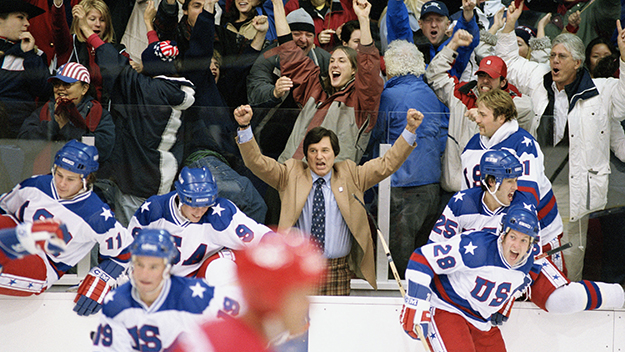
41 years ago, the 1980 Men’s U.S. National Hockey team took down the mighty Soviet Union on their way to a gold medal in what became known as “The Miracle on Ice.” It is a huge piece of not only sports history, but undoubtedly American and Cold War history, as well.
People like to tell you to calm down and that it’s “just a game†while you fume–or hyperventilate, or exclaim, or celebrate–watching your favorite team on TV. All that excitement isn’t always proportionate to the importance of the game you have on. Not always. On the other hand, there are myriad examples of games, events, or athletes that transcend sports altogether. Jesse Owens dominating Hitler’s 1936 Olympics, Jackie Robinson breaking the color barrier in baseball, Brandi Chastain and the 1999 Women’s U.S. National Soccer team winning the World Cup.
And then there’s the 1980 Men’s U.S. Olympic Hockey Team. No member of the team is exactly a household name, but the collection of players responsible for the “Miracle on Ice†is known to even the most casual of fans. They pulled off the single greatest upset in sports history when they took down the mighty Soviet Union. The game was like the real-life version of “Rocky IV,†released in 1985, where the scrappy American boxer with an indomitable spirit takes on a seemingly invincible Russian named Ivan Drago in what amounted to a proxy war in the boxing ring.
Every bit of that seemingly invincible opponent and political tensions were present for this game, and then some. The Soviets had just invaded Afghanistan, a move that would prompt President Jimmy Carter to announce only a month later that the U.S. would boycott the Summer Olympics in Moscow. 66 Americans had just been taken hostage from the American Embassy in Iran three months prior, and the crisis was ongoing. Gas prices in the country were soaring. The people of the United States desperately needed something to rally around. Team captain Mike Eruzione would say years later that they didn’t realize the impact of the game until the Olympics were over, but the American people, fully engaged and craving a victory of any kind, tuned in by the millions.
“David vs. Goliath†is a favorite exaggeration of sports journalists and Hollywood any time there is a clear favorite and underdog, but it would not be hyperbole to describe the United States’ meeting with the Soviets as such. Soviet hockey had been a dynasty since 1960. They had won four Olympic gold medals and 12 more world championships in that 20-year span. In the Olympics, the Soviet Union had outscored the United States 117-26. Just two weeks before the 1980 Olympics started, the Soviets handed the Americans a 10-3 beating in an exhibition game at Madison Square Garden. The American squad, with no professional players and an average age of just 22, were about to go toe to toe with the Soviets that were the best in their country, and an average age of 26.
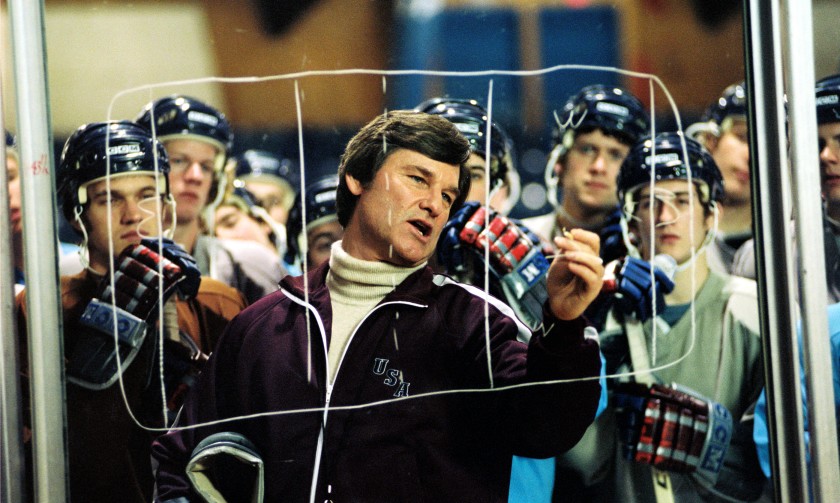
But Herb Brooks, the man chosen to coach the Olympic team, cared very little about any of that. He saw vulnerability in the Soviets where few others did, and wanted nothing more than to exploit their overconfidence. Brooks was an Olympian himself, in 1964 and 1968, and was the head coach at the University of Minnesota. He evidently wanted a head start with players he already knew could handle his demanding coaching style, as nine of the 20 players he chose were from the Minnesota program. From there, he had seven months to prepare his team for the Olympics, and by all accounts, none of that time was wasted. Brooks put his team through grueling practices that had them the best-conditioned team in the games. Brooks also organized a fast and furious pre-Olympic exhibition schedule against just about anyone he could find. The Americans had a 42-16-3 record for this stretch that started in September of 1979, but more importantly, they gained chemistry and learned Brooks’ system.
The games opened with a bit of drama as the Americans faced Sweden in the first game. They trailed 2-1 late, when Brooks pulled his goalie for an extra skater, which allowed them to apply enough pressure to score a tying goal with 27 seconds left. Ending the game with a tie rather than a loss was very important in pool play, and the dramatic late-game goal propelled them to four wins in four games over Czechoslovakia, Norway, Romania, and West Germany, setting the stage for the game of their lives against the Soviets in the semi-finals.
As is portrayed in the 2004 movie “Miracle,†Herb Brooks did give a pre-game speech that motivated the team. However, there is some creative license in the movie, as Brooks wasn’t all that much of a talker according to player accounts, and the speech wasn’t as long as the one from the movie. Regardless, the American team came out and played inspired hockey.
After the Soviets opened the scoring about nine minutes into the game, the U.S. buckled down and answered with a slapshot from Buzz Schneider. Only a couple minutes later, the USSR went back in front, but the Americans were determined to play their defensive style of hockey and not fall far behind and have to play desperate. Mark Johnson, the team’s leading scorer through both exhibition and Olympic play, got a key goal with just one second remaining in the first period. After a brief USSR protest, the goal was deemed to have gone in before time expired, tying the game at two and sending the Americans to the locker room knowing they had a chance.
Then, like when Rocky cuts Drago’s eye early in their fight and learns that he isn’t invincible after all, Soviet coach Viktor Tikhonov replaced goalkeeper Vladislav Tretiak, considered to be the best in the world at the time, with Vladimir Myshkin. The move seemed to spark the Soviets for some of the second period, as they scored a power-play goal just two minutes in. But then the story started to be the incredible grit, discipline and conditioning of the Americans. Brooks was rolling all four of his lines out, and at a blistering pace of thirty or even fifteen seconds per shift so that his skaters were always fresh and getting back into their own zone to clog things up for the supremely-skilled Soviets.
The other story, widely considered the main reason for the American victory, was goalie Jim Craig. The Soviets peppered him the whole second period, outshooting the Americans 12-2, but Craig made several remarkable saves to keep his team alive heading into the second intermission. The emboldened Americans tied the game on a powerplay goal about 9 minutes into the third, and the arena of about 8,000 in Lake Placid, NY erupted in approval. The tide was turning.
Then, only 1:21 later, captain Mike Eruzione unleashed a wrist shot towards Mishkin, who was screened by one of his defensemen, and the puck snuck under his right arm for what would prove to be the winning goal with exactly ten minutes remaining. Those ten minutes were agony for just about everyone involved, the Americans essentially packing bodies in front of their net and clearing the puck when possible–like a hockey prevent defense, just trying to hang on–and the Soviets searching for some sort of opening, but being forced to take difficult shots through the sea of humanity only to be stymied by Craig nine more times in those final ten minutes. Craig would finish the game with 36 saves on 39 shots.
As the Soviets buzzed frantically around the American zone seeking one last chance to tie the game, the puck was finally cleared from the zone with about five seconds remaining, prompting Al Michaels to say the words that would give chills to any American (or sports fan) to this day:
“Do you believe in miracles?… YES!â€
The arena was deafening as the Americans spilled onto the ice to celebrate as a team.
What many people don’t know is that Brooks had to get his young team re-focused after the emotionally draining victory, as they still had a finals game against Finland to play for the gold medal. He told them they had accomplished nothing to that point, and put them through one last grueling workout. There would be no letdown by the Americans. They beat Finland 4-2 and became the first American team to win gold since the Soviet reign had begun in 1960.
The U.S. playing the Soviets in the Olympics clearly carried more weight than that of any other hockey game. World events and politics had cast the matchup in an entirely different light. The game was a victory not just for Brooks and his team, but for the U.S. It also exposed many more Americans to the sport and gave it a boost in popularity. It was the kind of experience most coaches dream of and point to as an example for their own teams, where a team came together to be more than the sum of its parts. Where discipline, hard work, and toughness overcame raw talent. It would not be overly bold to call it the greatest upset and greatest team win in sports history. A happy 41st anniversary to the 1980 Mens National Team and the gold medal they earned.
Feature photo courtesy of Walt Disney Pictures and Mayhem Pictures
Related Posts
Sandboxx News Merch
-

‘AirPower’ Classic Hoodie
$46.00 – $48.00Price range: $46.00 through $48.00 Select options This product has multiple variants. The options may be chosen on the product page -

‘Sandboxx News’ Trucker Cap
$27.00 Select options This product has multiple variants. The options may be chosen on the product page -
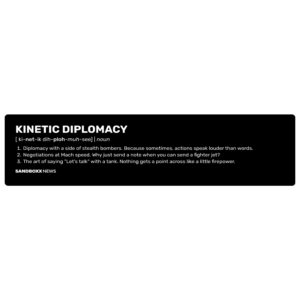
‘Kinetic Diplomacy’ Bumper Sticker (Black)
$8.00 Add to cart
Tory Rich
Tory Rich is a Marine veteran, and now coaches football and wrestling, so he spends most of his time lecturing younger people about “back in the old days.” Fortunately, there aren’t a lot of kids to tell to get off his lawn deep in the woods of Vermont. Since he got out of the Marines in 2011, Tory got a bachelor’s degree in Kinesiology from UNLV. While he lived in Las Vegas he dabbled in powerlifting and learned just enough about mixed martial arts to get his butt kicked.
Related to: Pop Culture
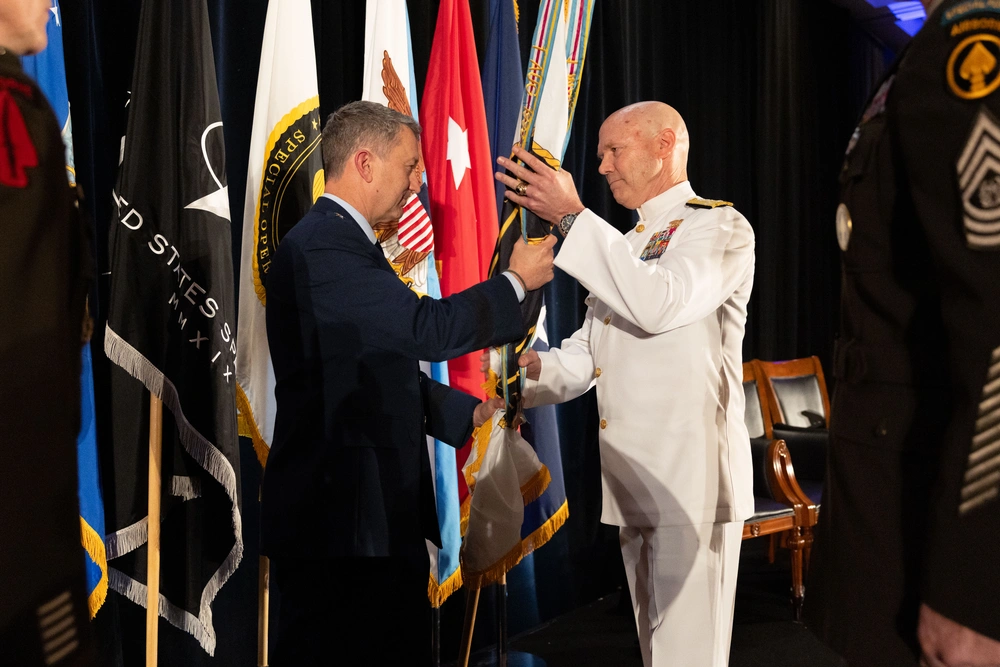
SOCOM’s new commander is an experienced special operations leader
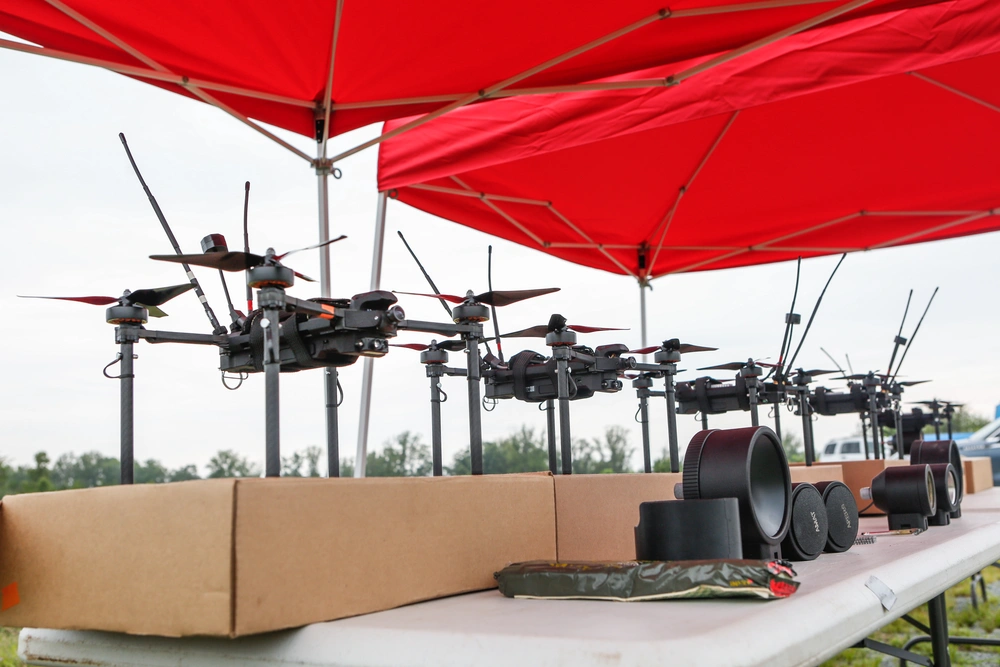
The benefits of drones for the Marine Corps

Energy drinks were the unsung hero of the Global War on Terror
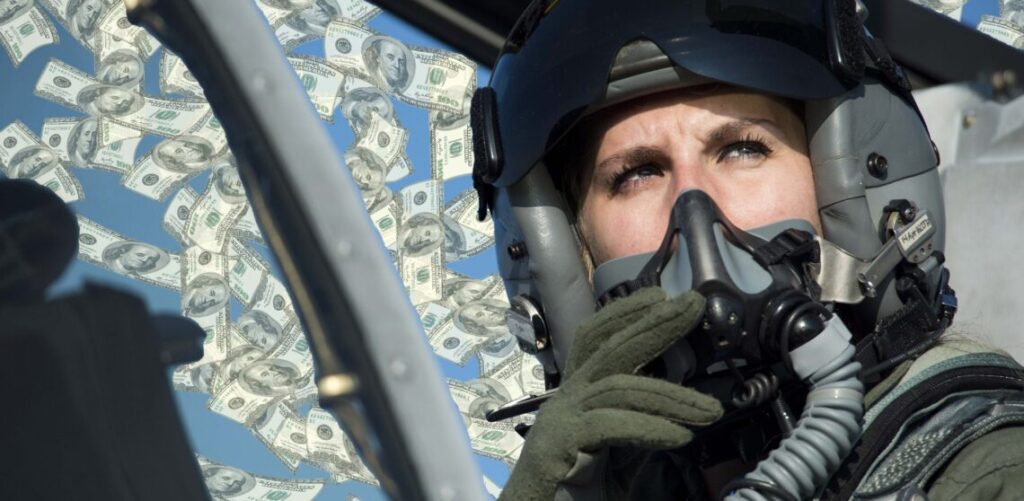
How much does it cost to train an Air Force pilot? A LOT
Sandboxx News
-

‘Sandboxx News’ Trucker Cap
$27.00 Select options This product has multiple variants. The options may be chosen on the product page -

‘AirPower’ Classic Hoodie
$46.00 – $48.00Price range: $46.00 through $48.00 Select options This product has multiple variants. The options may be chosen on the product page -
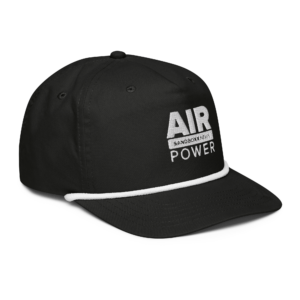
‘AirPower’ Golf Rope Hat
$31.00 Select options This product has multiple variants. The options may be chosen on the product page -

‘Sandboxx News’ Dad Hat
$27.00 Select options This product has multiple variants. The options may be chosen on the product page
